Our digestive system is in charge of processing food and absorbing it correctly. This function requires a constant regeneration of intestinal cells and maintaining a bacterial flora to degrade food into molecules that can be absorbed into the blood.
Nuestro sistema digestivo es el encargado de procesar los alimentos y absorberlos correctamente. Esta función necesita de una regeneración constante de las células intestinales y mantener una flora bacteriana para que degraden los alimentos en moléculas que pueden ser absorbidas hacia la sangre.


One foods that promote a healthy digestive system is yogurt. It is a food that you can easily prepare at home and consume either at breakfast, as a snack, or make desserts with it. In this post, I will show you step by step how to do it.
Uno de los alimentos que favorece un sistema digestivo saludable es el yogur, un alimento que puedes preparar fácilmente en casa y consumirlo ya sea en el desayuno, como merienda o realizar postres con él. En esta publicación te mostraré paso a paso cómo hacerlo.
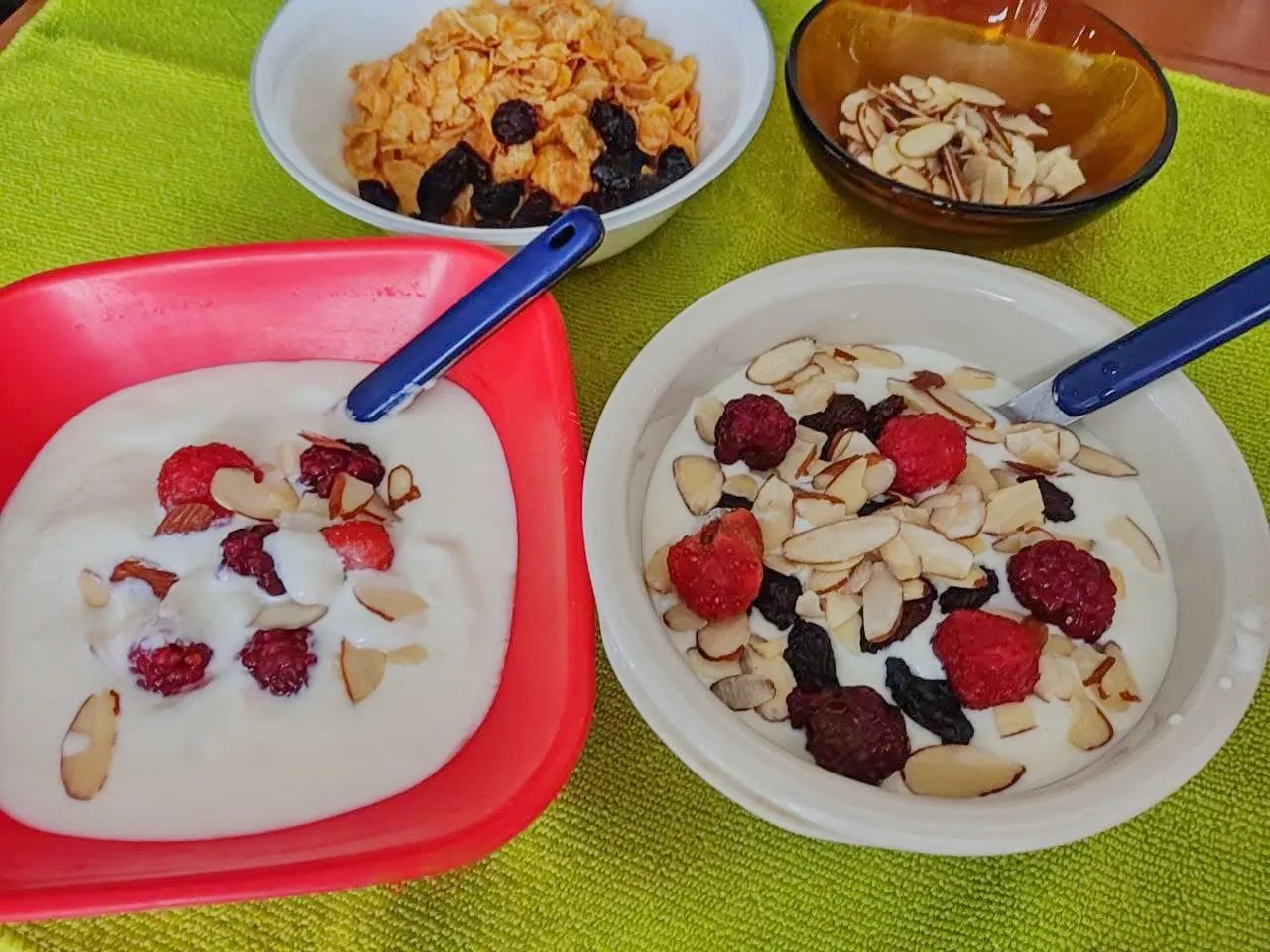

If you want to make yogurt at home, you need the following ingredients:
- 3 cups of water
- 1/2 cup powdered milk
- 2 natural yogurts
Si quieres hacer yogur en casa, necesitas los siguientes ingredientes:
- 3 tazas de agua
- 1/2 taza de leche en polvo
- 2 yogures naturales

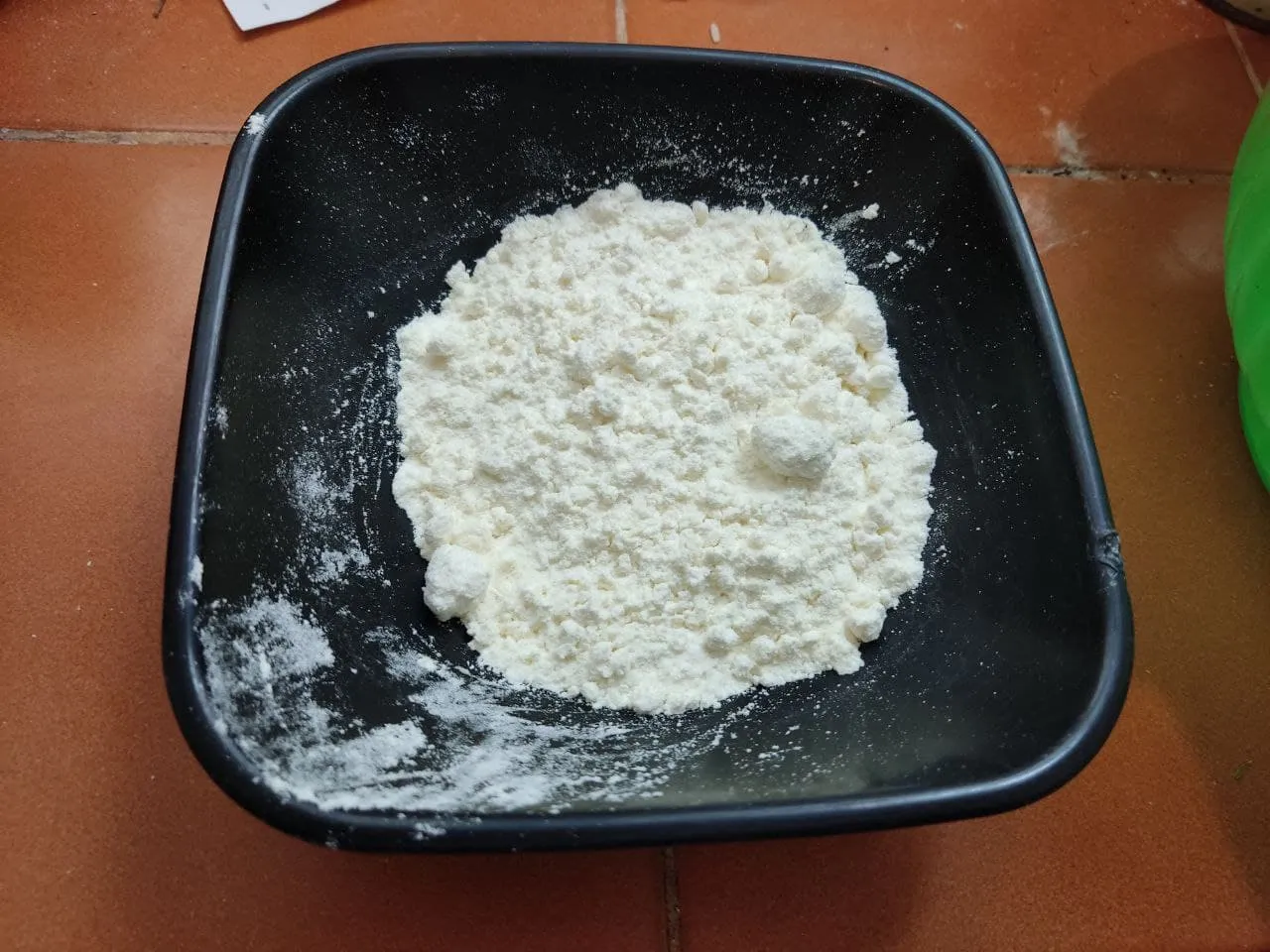



Mix well the milk with the yogurt and pour it into individual containers.
Mezcla bien la leche con el yogur y vierte en en vases individuales.
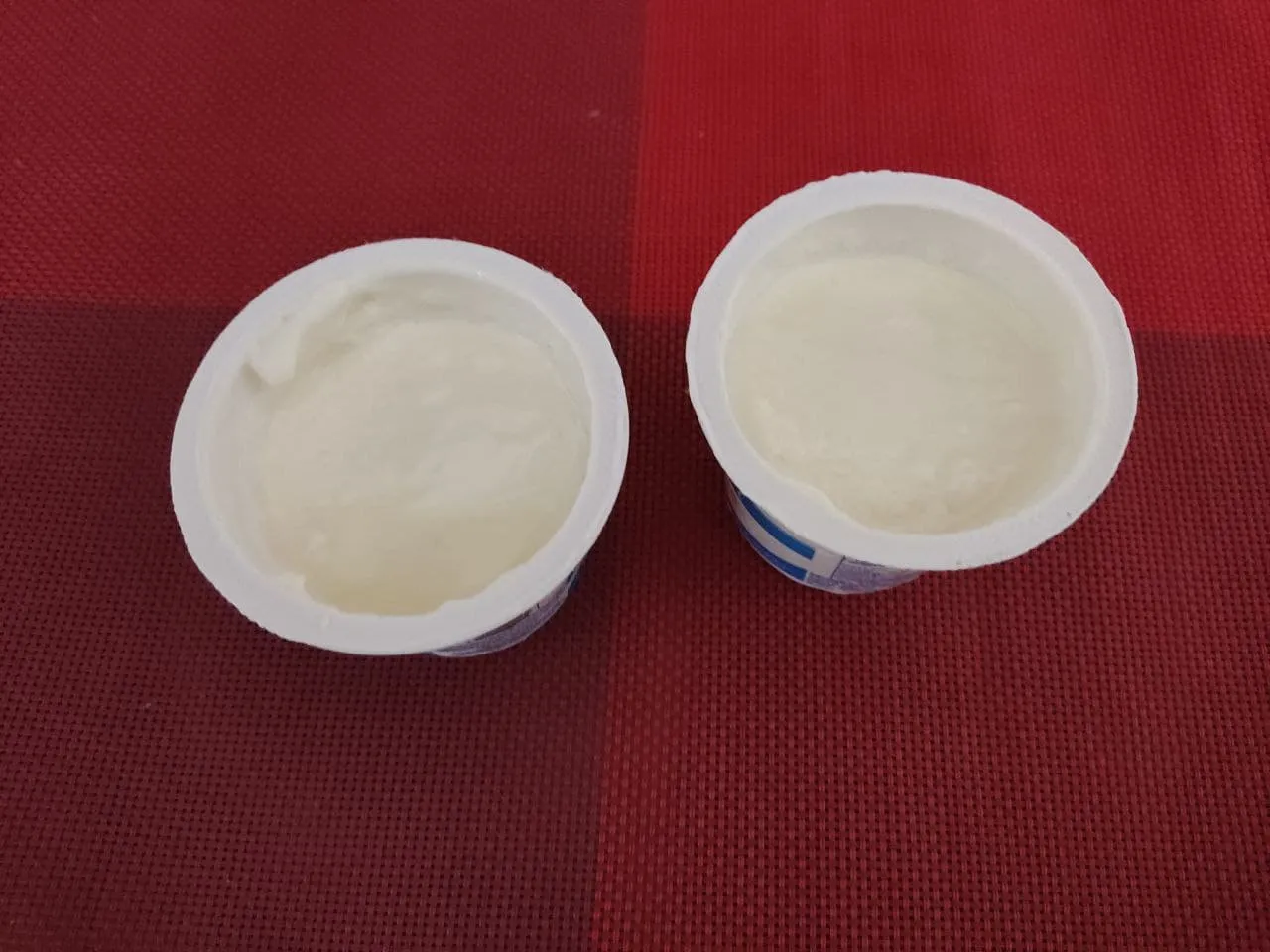


Place the individual containers in the pot and cover them to preserve the heat. Leave for 6 hours. If the temperature of the pot drops or cools down completely, change the water. Remove the containers with the yogurt and discard the cold water. Refill with hot water and repeat the process. When you reach 6 hours of fermentation, remove the containers from the pot and store them in the refrigerator. This yogurt will last approximately 5 days.
Coloca los envases indivisuales en la olla y tápala para preservar el calor. Deja por 6 horas. Si la temperatura de la olla baja o se enfría por completo, cambia el agua. Retira los recipientes con el yogur y bota el agua fría. Vuelve a llenarla con agua caliente y repite el proceso. Cuando alcances las 6 horas de fermentación, retira los recupientes de la olla y guárdalos en el refrigerador. Este yogur dura 5 días aproximadamente.
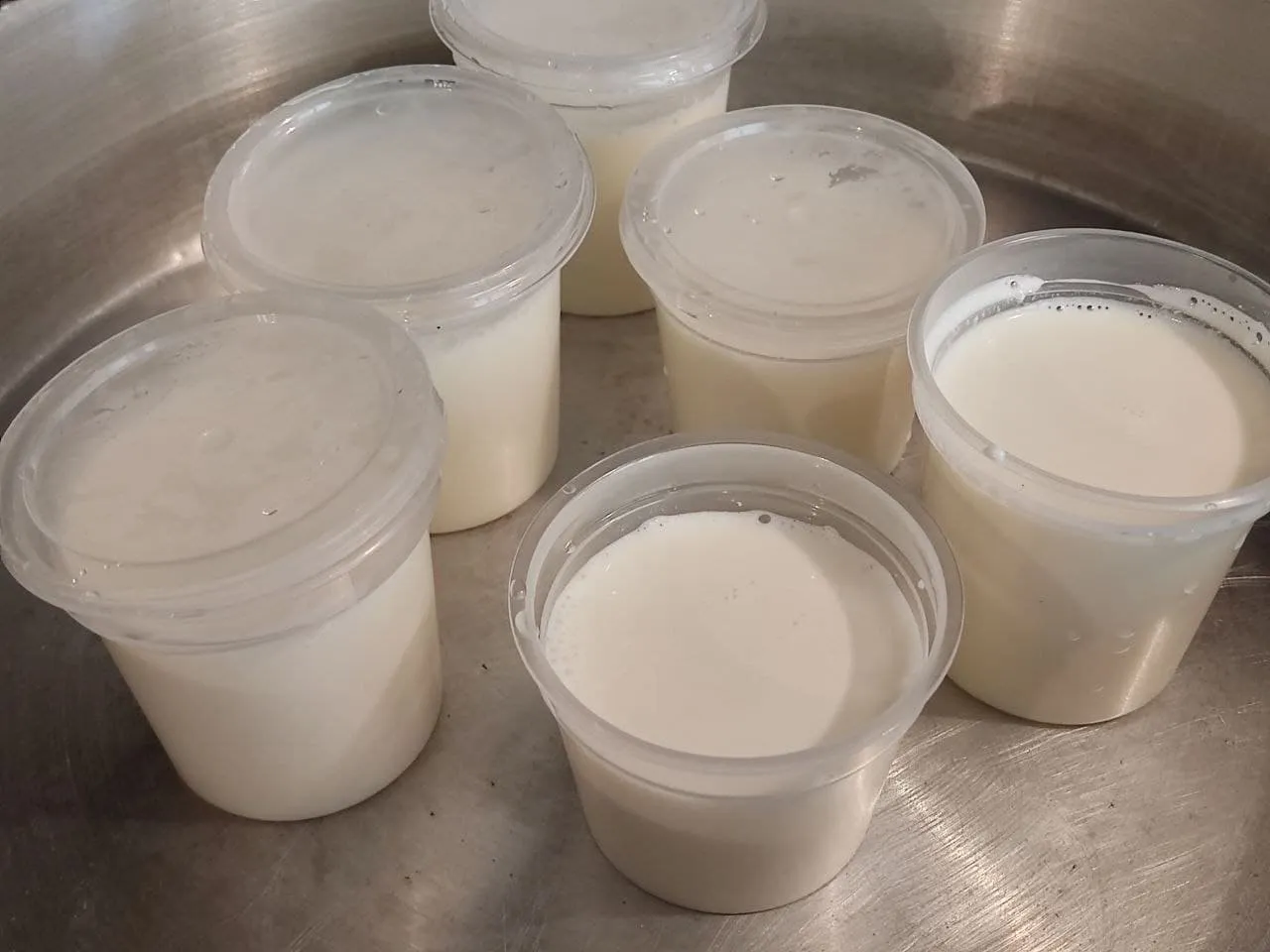

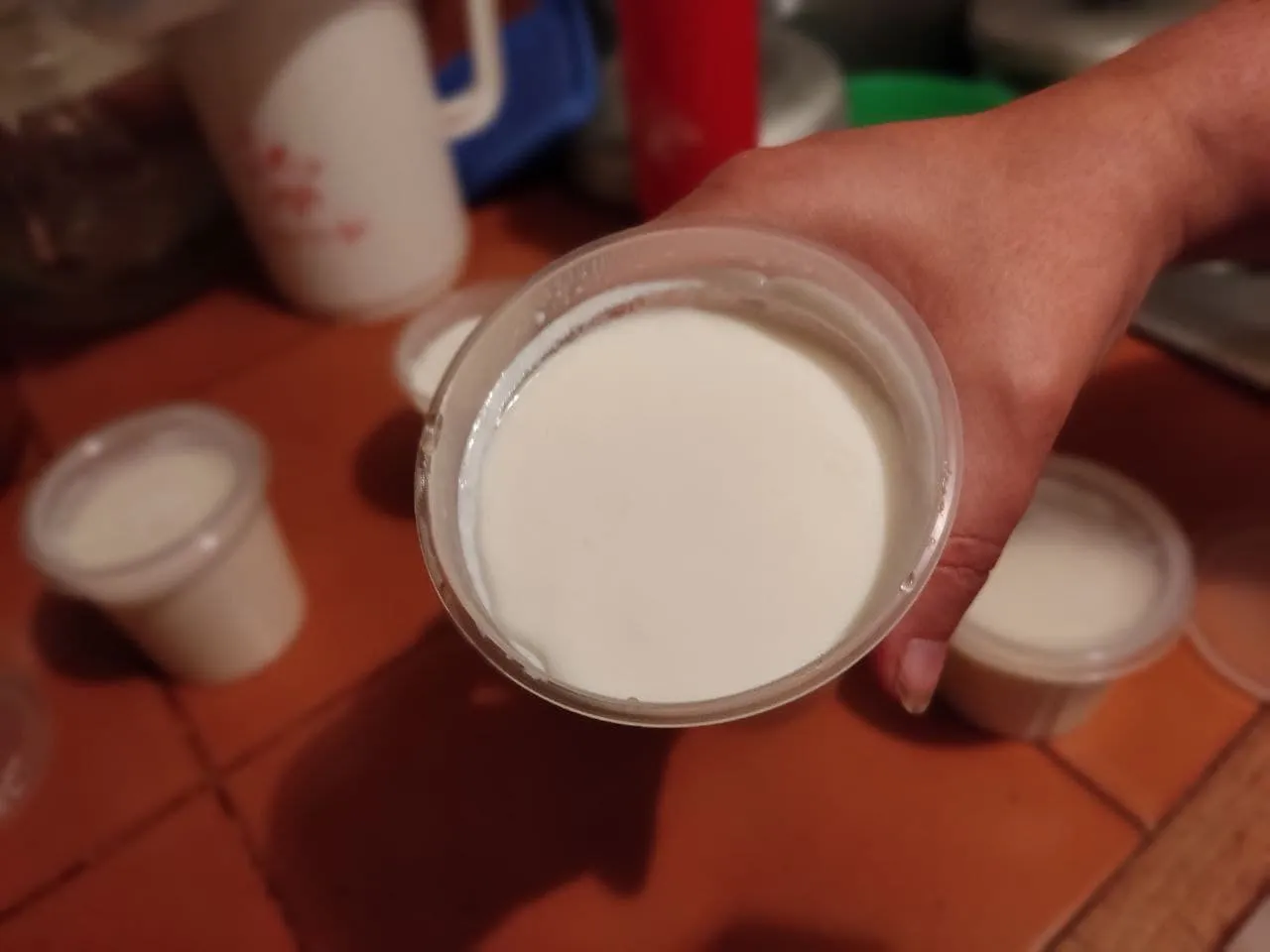

Sometimes I have been asked if this recipe is suitable for lactose-intolerant people. Well, this depends on your degree of intolerance. If it is severe, I do not recommend it, but if it is mild, I can tell you that in the fermentation process the lactic acid bacteria degrade the lactose to other by-products that do not cause harm. Do they degrade all the lactose? No, the lactic acid bacteria degrade only 70% of the lactose that may be in the milk used to make it.
A veces me han preguntado si esto es apto para los intolerantes a la lactosa. Pues esto depende de tu grado de intolerancia. Si es severa pues no te lo recomiendo, ahora si es ligera, te puedo decir que en el proceso de fermentación las bacterias lácticas degradan la lactosa a otros subproductos que no causan daño. Degradan la totalidad de la lactosa? Pues no, las bacterias lácticas degradan solo el 70% de la lactosa que pueda tener la leche que se usa para elaborarlo.
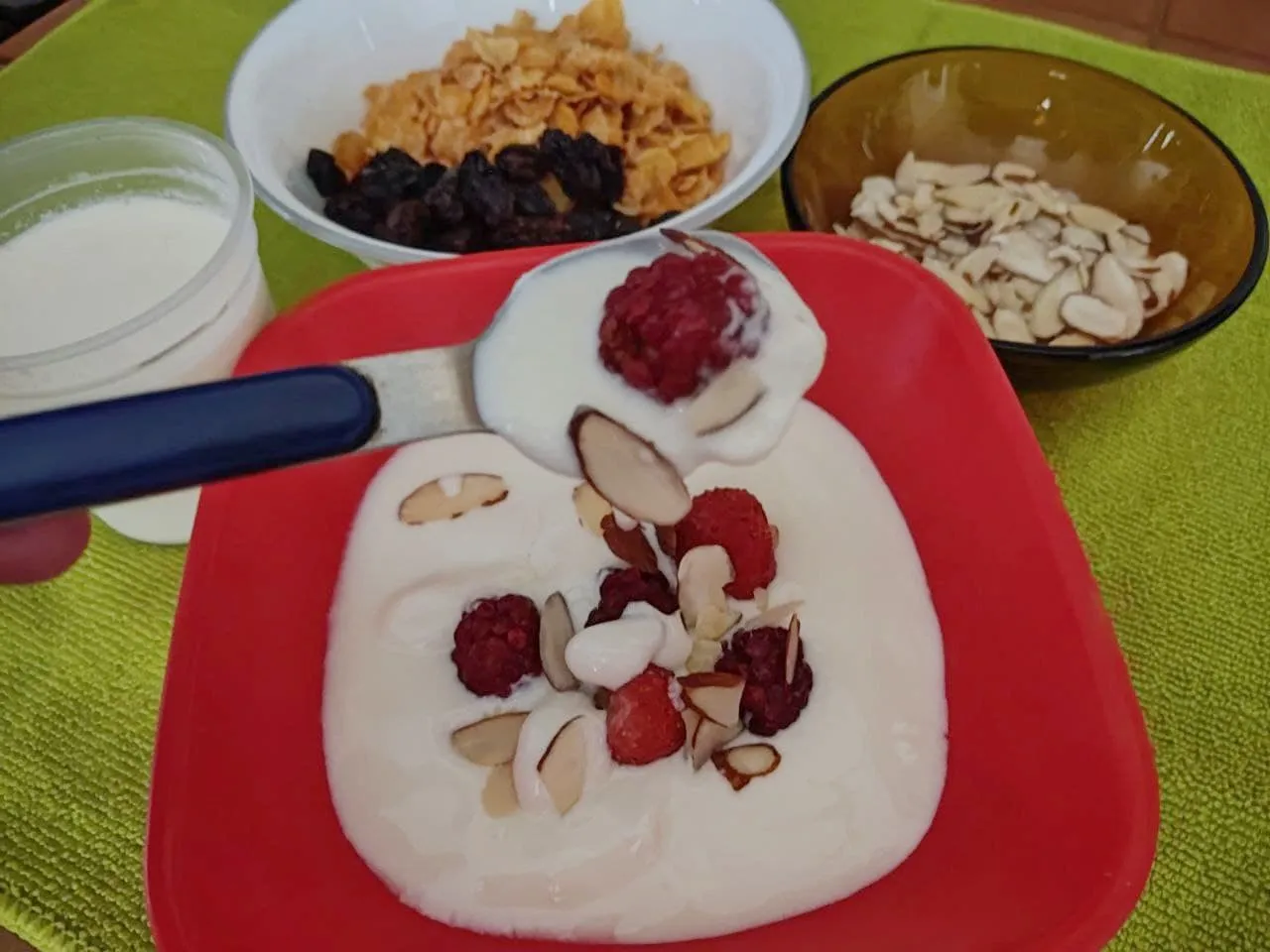

All photographs are property of the author.
Muchas gracias por leerme. Si tienes alguna pregunta no dudes en dejarla en la casilla de comentarios que con gusto te responderé.
Todas las fotografías son propiedad de la autora.


